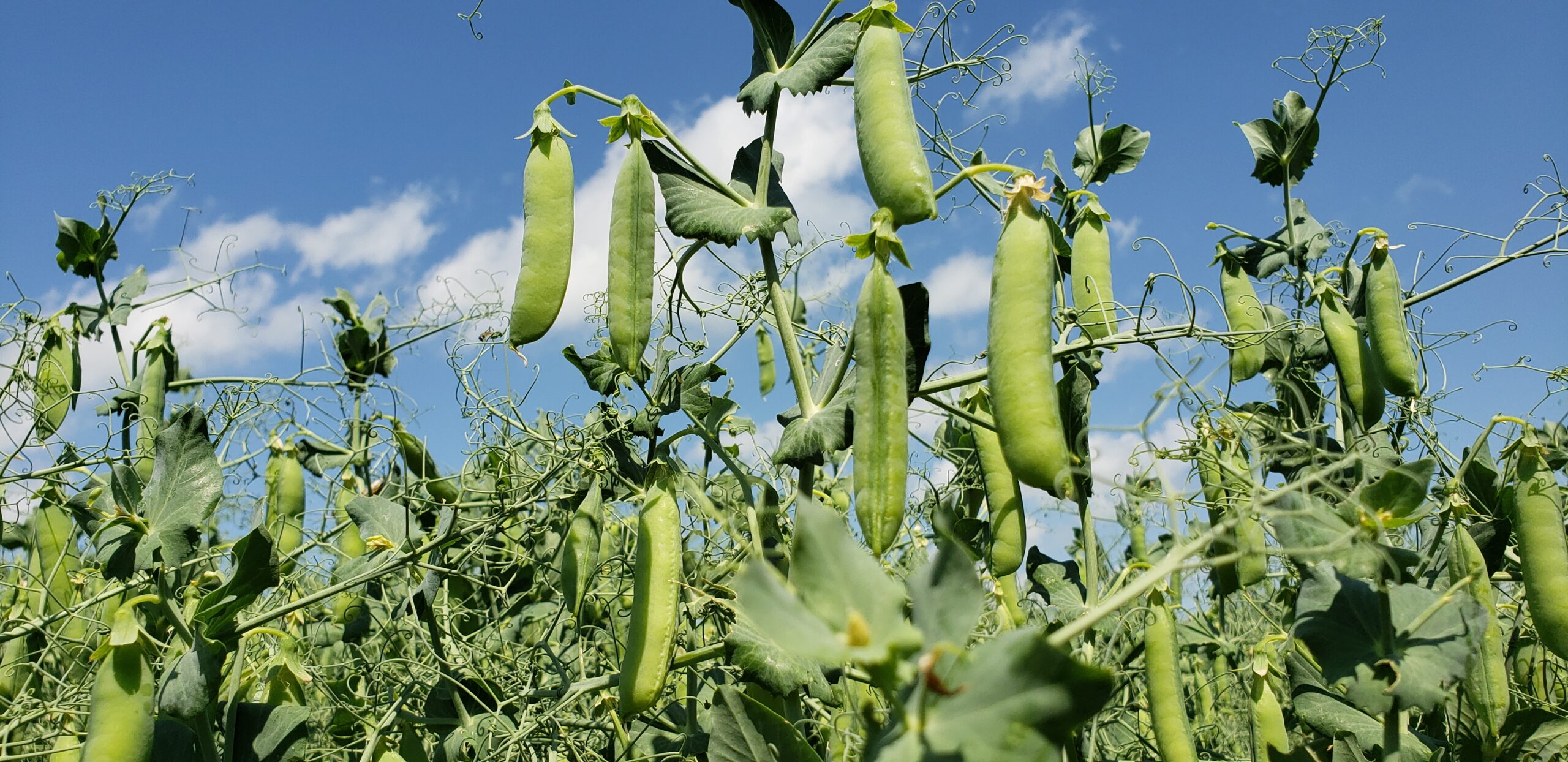Pulse crops are bigger than ever in North America. Due to an uptick in interest in plant derived protein sources, more growers are switching their acres to protein rich pulse crops like peas, soybeans and lentils. All growers know the importance of Phosphorous (P) nutrition to any plant, but with new pulse growers coming into the fray many may not know just how integral P is to a high-yielding pulse crop. In this week’s edition of Growing Possibilities, we will highlight the importance of P to a pulse crop, and that there is more to P nutrition in pulses than just applying fertilizers.
Phosphorous is integral to any crop, and makes up a big part of any growers soil fertility plan, but pulses generally have an even larger need for P than you may be used to seeing in other crops. According to the Alberta Pulse Association, a 50 bu/ac field pea crop requires approximately 45 lbs of P per acre (1). Low P fertility may contribute to reduced stand vigor, poor nodulation and growth, and ultimately lower yield. P deficiency in soil is a concern for many prairie pea growers. According to the International Plant Nutrition Institute’s North American soil survey, 68% of soil samples taken in Western Canada were below critical levels for P. The same survey found 65% of soil samples taken in Montana and 83% of samples taken in North Dakota fell below critical levels for P (2). Not only are pulses heavy P users, they also remove a substantial amount of P from the soil with harvest (3).
So what can be done to replenish your soil’s P reserves before next season’s crop? Phosphate fertilizers are the obvious choice, and are something that is readily available that all growers have a wealth of experience with. Applying phosphate fertilizers to your soil is an easy answer to increasing your soil’s P fertility, but it is not a perfect solution. Too much phosphate placed with the seed can negatively affect germination and emergence, reducing the plant stands and undoing your hard work during application (3). Even if you apply a safe amount, applied phosphate fertilizers have an average efficiency of less than 50%, meaning most of what you are applying gets bound to ions in your soil like calcium [Ca₃(PO₄)₂], iron (FePO₄), magnesium [Mg₃(PO₄)₂] and aluminum (AlPO₄), making it unavailable for uptake by plant roots (4).
One field-friendly way of increasing the efficiency of your fertilizers is through the use of Plant Growth Promoting Rhizobacteria (PGPR) that solubilize locked up phosphates in your soil. Phosphate solubilizing bacteria colonise the rhizosphere of your plant and break the bonds between phosphates in the soil and soil particles that bind to them, creating phosphates that are plant-available. This not only increases the efficiency of fertilizers you apply to the field, it also creates more plant available P from the natural phosphate reserves already present in your soil. Phosphate solubilizing bacteria may also help reduce the environmental impact of fertilizer application, and most importantly to you, improve your phosphate fertilizer efficiency and your return on your fertilizer investment. Ag-biologicals like XiteBio® Yield+ may be an easy addition to any crop fertility plan & a good way to increase the efficiency of your farm operations, and the yields of your pulse crops.
References:
- https://albertapulse.com/pea-fertility-requirements/
- https://soiltest.tfi.org
- https://saskpulse.com/files/general/160401_Phosphorus_management_for_pulses2.pdf
- The Efficient Use of Phosphorus in Agricultural Soils, The Fertilizer Association of Ireland in association with Teagasc, Technical Bulletin Series – No. 4, February 2019


